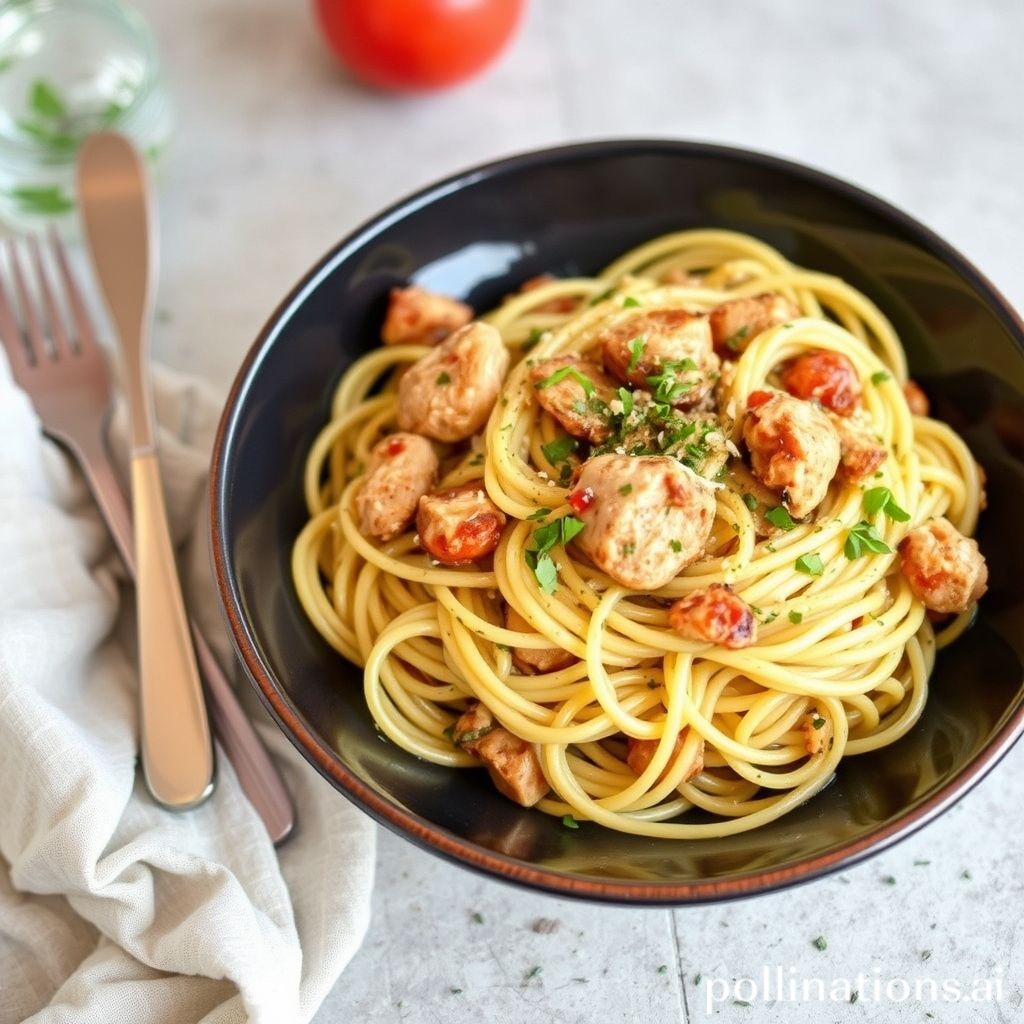Table of Contents
- Introduction
- Freezing temperatures leading to frozen pipe repair
- Corrosion of plumbing pipes affecting structural integrity
- Increased water pressure causing pipe burst issues
- Poor pipe installation practices resulting in vulnerabilities
- Ground movement or settling affecting underground pipes
- Blockages leading to pressure buildup and eventual bursts
- Old age of plumbing systems necessitating replacement or repair
- External factors such as tree roots infiltrating pipes
- Conclusion
- Frequently Asked Questions
Introduction
Pipes are the veins of our homes, coursing with water and essential fluids that keep our daily lives running smoothly. But what happens when these hidden conduits suddenly give way? The result can be catastrophic—water gushing into living spaces, damaging walls, and ruining personal belongings. Understanding the most common causes behind pipe bursts is not just a matter of curiosity; it’s a crucial aspect of home maintenance that every homeowner should grasp.
Imagine the sheer terror of hearing that ominous sound of gushing water in the dead of night. What could be causing it? Is it a hidden weakness in your plumbing, extreme temperatures, or something else entirely? In this article, we will delve into the pressure points that lead to these alarming breaks, uncovering both the science and the scenarios behind them. A little knowledge can empower you to prevent such disasters before they strike—so let’s explore the people and systems that keep our homes safe from the chaos of bursting pipes.
Freezing temperatures leading to frozen pipe repair
Freezing temperatures are a leading cause of pipe bursts, particularly in regions that experience severe winter weather. When the temperature drops, the water inside pipes can freeze, expanding as it turns into ice. This expansion creates immense pressure on the walls of the pipe, which can ultimately result in cracks or breaks.
Pipes that are located in unheated areas, such as basements, attics, or exterior walls, are particularly vulnerable to freezing. To mitigate the risk of frozen pipes, homeowners can take several precautions. Insulating pipes with foam or fiberglass sleeves can help prevent them from reaching freezing temperatures. Additionally, allowing a small trickle of water to flow through the pipes during extreme cold can relieve pressure and prevent freezing.
If a pipe does freeze, it is crucial to address the issue promptly. Thawing the ice blockage can often be done using a hairdryer or heating pad, but a professional plumber may be needed in severe cases to prevent further damage. Awareness of weather conditions and preventive measures are essential for protecting plumbing systems from the risks associated with freezing temperatures.
Corrosion of plumbing pipes affecting structural integrity
Corrosion of plumbing pipes is a significant factor affecting their structural integrity, ultimately leading to pipe bursts. Over time, the chemical reactions between the pipe material and the water can cause deterioration. This process may be accelerated by factors such as water acidity, the presence of dissolved oxygen, and various contaminants. Specific types of metals, like iron and copper, are more susceptible to corrosion, particularly if they are exposed to aggressive water conditions.
As corrosion progresses, it creates weak spots in the pipes, diminishing their ability to withstand internal pressure. These weakened areas are more prone to leaks and breaks, which can result in water damage and costly repairs. Additionally, corroded pipes can release metal particles into the water supply, affecting safety and quality. Regular inspection and maintenance of plumbing systems are essential to detect early signs of corrosion, thereby preventing severe issues. By addressing corrosion proactively, homeowners can extend the lifespan of their plumbing systems and minimize the risk of pipe bursts.
Increased water pressure causing pipe burst issues
Increased water pressure can significantly contribute to pipe burst issues in residential and commercial plumbing systems. When water pressure rises beyond the recommended levels, it places excessive stress on pipes, joints, and fittings. This added pressure can be caused by various factors, including municipal water supply changes, issues with pressure regulators, or the installation of new appliances that require higher pressure?
One common scenario is when pressure regulators fail, leading to unchecked pressure surges. Additionally, over time, pipes can become weaker due to corrosion or wear, making them more susceptible to bursting under increased pressure. It’s also worth noting that temperature fluctuations can influence water pressure, as heated water expands and can contribute to sudden increases in pressure levels.
Regular maintenance and inspections can help identify potential issues before they lead to pipe bursts. Homeowners should be aware of symptoms such as water hammer, audible vibrations, or irregular water flow, as these could indicate underlying problems with water pressure that might need addressing. Proactively managing water pressure is essential for the longevity of plumbing systems.
Poor pipe installation practices resulting in vulnerabilities
Poor pipe installation practices can lead to significant vulnerabilities in plumbing systems, often resulting in pipe bursts. These practices include improper alignment of pipes, inadequate sealing, and neglecting to account for thermal expansion, which can put undue stress on the pipes. When pipes are not properly aligned, they may experience excessive pressure at joints, leading to cracks or complete ruptures. Additionally, if fittings are not securely connected, leaks can develop, causing further damage over time.
Another common issue arises from using inappropriate materials for specific applications. For example, plastic pipes may not withstand extreme temperatures or pressure, leading to failure. Additionally, a lack of proper insulation can lead to freezing pipes, particularly in colder climates, which expands and can cause bursting. Furthermore, not adhering to local building codes and standards can result in subpar work, increasing the likelihood of system failures. Addressing these poor installation practices is crucial for maintaining the integrity of plumbing systems and preventing costly repairs.
Ground movement or settling affecting underground pipes
Ground movement or settling can significantly affect underground pipes, leading to potential bursts and leaks. This phenomenon can occur due to various reasons, including soil erosion, seismic activity, or even heavy rainfall, which can change the stability and density of the ground surrounding pipes. As the earth shifts or settles, it exerts pressure on the pipes, which are not always designed to withstand such forces.
Moreover, if the soil becomes saturated with water, it can lead to a softening effect, increasing the likelihood of pipes bending or breaking. Additionally, the installation depth of the pipes plays a crucial role; shallower pipes are often more vulnerable to ground movement than those buried deeper. Regular inspection and maintenance can help identify potential weaknesses before they result in catastrophic failures. Finally, understanding the geological characteristics of an area can aid in planning pipe installations and choosing appropriate materials, ultimately reducing the risk of damage due to ground movement.
Blockages leading to pressure buildup and eventual bursts
Blockages in pipes are a significant cause of pressure buildup, which can ultimately lead to pipe bursts. These blockages can occur due to various reasons, including the accumulation of debris, grease, or tree roots that infiltrate sewer lines. When water flow is obstructed, it creates an increase in pressure downstream of the blockage. Over time, this heightened pressure can weaken the pipe material, making it susceptible to ruptures or leaks.
In residential settings, common sources of blockages include flushing inappropriate items down toilets, such as sanitary products and wipes, or allowing food particles to clog kitchen drains. In older homes, corrosion and rust can also contribute to reduced pipe diameter, further exacerbating the risk of blockages.
It is important for homeowners to be proactive in managing their plumbing systems. Regular inspections and maintenance can help identify potential issues before they escalate. Understanding these blockages and their impacts can assist individuals in taking necessary measures to prevent costly repairs and significant water damage in their homes.
Old age of plumbing systems necessitating replacement or repair
The age of plumbing systems is a critical factor that can lead to pipe bursts, necessitating timely replacement or repair. Over time, pipes can deteriorate due to various elements such as corrosion, wear and tear, and changing materials. Many older homes and buildings were constructed using materials such as galvanized steel or lead, which are more prone to failure than modern alternatives. As these structures age, the integrity of the plumbing system diminishes, increasing the risk of leaks and bursts.
Additionally, older pipes often lack the resilience to withstand fluctuations in temperature, pressure, or water quality. For example, freezing conditions can cause water to expand within pipes, leading to cracking or bursting. Regular maintenance and inspections are crucial for identifying potential issues before they escalate. Homeowners should consider upgrading outdated plumbing systems to more durable materials, such as PVC or PEX, which provide better longevity and resistance to elements that cause damage. Understanding the importance of addressing old plumbing systems can save significant costs associated with water damage and extensive repairs.
External factors such as tree roots infiltrating pipes
One of the significant external factors that can lead to pipe bursts is the infiltration of tree roots into plumbing systems. As trees grow, their roots expand in search of moisture and nutrients, often leading them to seek out underground pipes. These roots can exploit even the tiniest cracks or joints in pipes, gradually increasing their intrusion over time.
Once inside, the roots can obstruct the flow of water, causing increased pressure that may result in pipe bursts. This is particularly common in older pipes, which may be more susceptible to such damage due to wear and age. Furthermore, certain tree species are more aggressive in their growth patterns and can pose a higher risk to nearby plumbing.
Homeowners should be mindful of the types of trees planted near their plumbing systems, as well as regularly monitoring their landscaping for any signs of root intrusion. Taking preventive measures, such as proper piping materials and root barriers, can help mitigate these risks effectively.
Conclusion
In conclusion, understanding the common causes of pipe bursts is essential for maintaining a safe and functional plumbing system. Factors such as freezing temperatures, corrosion, increased water pressure, poor installation practices, ground movement, blockages, aging pipes, and tree root infiltration all play a crucial role in the vulnerability of plumbing systems. By staying informed and proactive, homeowners can take necessary preventive measures to address these issues before they lead to costly repairs and significant water damage.
Regular inspection, maintenance, and prompt action can go a long way in safeguarding your plumbing. If you suspect problems in your plumbing system or encounter signs of a potential pipe burst, do not hesitate to seek professional assistance. Call 573-555-2121 now for expert plumbing services that can help ensure the integrity of your home’s plumbing and give you peace of mind.
















